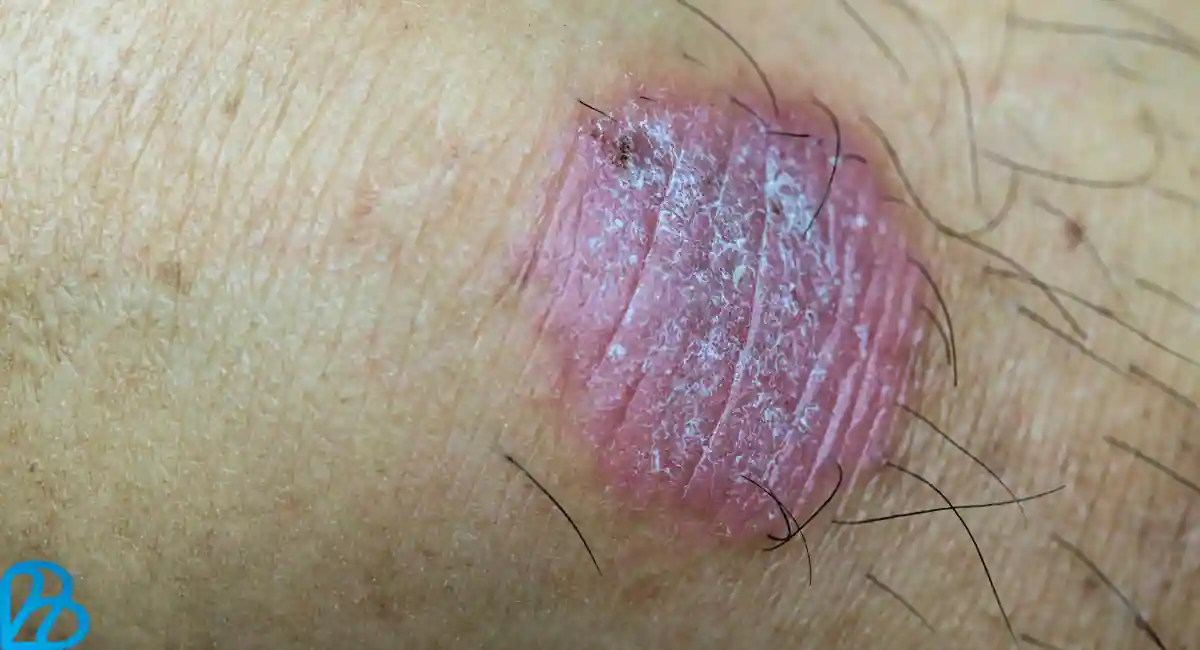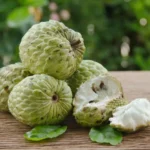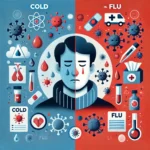Introduction-
How to cure fungal infections on skin naturally: Our expert guide to help you stop fungal infections on the skin using natural remedies. Fungal infections on the skin can be stubborn and uncomfortable, but they do not always necessitate reaching for over-the-counter creams or prescription medications.
How can fungal infections on the skin be cured naturally at home?
There is a range of powerful natural remedies and home treatments that can be effective in treating skin fungal infections. This thorough tutorial is intended to assist you in understanding the nature of these infections and managing them with everyday ingredients found at home.
Fungal skin infections, including conditions like athlete’s foot, jock itch, ringworm, and nail fungus, are pretty standard, especially among people who have compromised immune systems or live in warm and humid climates. The importance of natural remedies lies in their antibacterial and antifungal properties, without the possibility of adverse side effects, which can be just as successful as conventional treatments.
Understanding Fungal Infections on the Skin
Before we get into the natural cures, knowing what you’re up against is essential. Fungal infections occur when fungi overgrow on your skin. The most common types include:
1- Athlete’s Foot (Tinea Pedis)
- This can lead to red, itchy, scaly, and cracked skin, most commonly between the toes.
2. Jock Itch (Tinea Cruris)
- Often causing a rash that itches and burns and is usually found in the groin area.
3. Ringworm (Tinea Corporis):
Despite the name, ringworm is caused by a fungus rather than a worm. It can appear on the body, limbs, face, neck, or scalp as a red, ring-shaped rash with a clear center.

4. Nail Fungus
Also known as onychomycosis, this infection can cause nails to become discolored, thick, or brittle.
Various factors can trigger these infections, including warm and moist environments, poor hygiene, and contact with surfaces or items that harbor fungi. Symptoms can vary from redness and swelling to itching, stinging, and painful lesions.
How to cure fungal infection on the skin naturally at home
Also Read- Somatic Yoga: A Mind-Body Approach to Wellness
Natural Remedies for Treating Fungal Infections
If you are interested in a natural approach, here are some popular remedies you might find compelling:
1. Tea Tree Oils
People recognize the oil of tea trees for its antifungal effects. It can be applied directly to using a carrier oil, such as coconut on the damaged region or olive oil. Its natural compounds work to kill the fungus on your skin.
2. Apple Cider Vinegar
Apple cider vinegar’s acidic qualities can help prevent fungal development. You can use it by diluting it with water and applying a cotton ball to the infected area. It is important to remember that undiluted apple cider vinegar can cause skin irritation, so be sure to follow the correct ratio.
3. Garlic
Garlic contains allicin, which is known to have antifungal properties. You can crush a few garlic cloves, mix the juice with a carrier oil, and apply it to the affected area. Be cautious of potential skin sensitivities, and always perform a patch test first.
4. Coconut Oil
Coconut oil has been a staple remedy for many skin conditions, and fungal infections are no exception. It contains fatty acids such as caprylic acid, which work to destroy the membrane of fungi. Apply several times a day to the affected skin.
5. Aloe Vera
The calming qualities of aloe Vera are well-known. Qualities and has been found to have some antifungal benefits. It can help alleviate the itchiness and redness often associated with fungal infections. Use the gel straight from the plant, or look for a pure gel without additional ingredients.
6. Turmeric
For centuries, people have used turmeric in traditional medicine to benefit from its anti-inflammatory and antifungal properties. Its active element, curcumin, might be effective against certain strains of fungi. Mixing turmeric powder and water will create a paste or an oil like coconut oil and apply it to the affected area.
Also Read- Do You Have Periorbital Hyperpigmentation?
Home Treatments for Fungal Infections
In addition to the direct application of natural remedies, the following home treatments can assist in managing skin fungal infections:
– Cleanliness and Hygiene Practices
It’s critical to keep the affected region dry and clean when dealing with a fungal infection. Daily washing and regular changing of clothes are simple yet essential steps in preventing the spread or worsening of the disease.
– Use of Antifungal Powders or Creams
If you prefer a non-prescription approach, look for over-the-counter antifungal powders or creams. These products are often effective and can be safer than prescription medications.
– Natural Fabric Choices for Clothing
Choose breathable textiles such as cotton or wicks away moisture materials to allow your skin to breathe. Avoid tight-fitting clothing, creating a warm and moist environment where fungi thrive. Promptly removing wet or sweaty clothes can also help prevent infections.
– Avoiding Sharing Personal Items
Fungal infections are contagious. You should avoid sharing items like towels, shoes, or clothing to prevent spreading the infection to others or contracting it from someone else.
Also Read- Fungal Ear Infections: Understanding and Treating Ear Fungal Infections
Prevention Tips for Avoiding Fungal Infections
Of course, the best cure is always prevention. Here are some steps you can take to avoid fungal infections in the first place:
– Proper Hygiene Practices
Good hygiene is your first line of defense. Regular bathing, changing socks and underwear daily, and keeping your skin clean and dry are simple but powerful practices.
– Keeping the Skin Clean and Dry
As mentioned earlier, moisture creates an environment that is hospitable to fungi. Pay special attention to areas where skin touches the skin, such as the armpits, groin, and beneath the breasts.
– Avoiding Contact with Infected Individuals or Surfaces
If you are aware of an individual with a fungal infection, avoid skin-to-skin contact until the person’s disease has cleared.
– Wearing Breathable Clothing
Again, air circulation is crucial in preventing fungal growth. Be mindful of your clothing materials; choose those that promote ventilation and reduce sweating.
Also Read- Winter Flu Season- 10 Home Remedies for Beating the Flu This Winter-
In Conclusion
Natural remedies and home treatments can be practical tools in combating fungal infections on the skin, especially when caught early. However, it is essential to recognize the limitations of home care and seek professional medical advice if the disease is severe, persistent, or spreads.
Remember that while natural remedies can provide relief, they are not a replacement for the guidance and treatment of a healthcare professional. If your condition worsens or does not improve, consult a doctor for a comprehensive evaluation and treatment plan.
Stay informed, stay proactive, and take the steps necessary to keep your skin healthy and free of fungal infections.
Caution Tips
Whenever you attempt a new natural medicine, make sure there are no allergic reactions by doing a patch test.
– Pregnant or nursing women and children should consult a healthcare professional before using any natural remedies.
– People with health problems should consult a doctor before beginning any new treatment.
Natural remedies can be effective, but they should not replace medical treatment. If symptoms increase or continue, get medical help immediately.
Hi there! I’m content writer and blogger. With over two years of experience, I’ve shared my passion for writing across various platforms. I firmly believe in the transformative power of words and look forward to sharing this journey with you. Enjoy my work!










